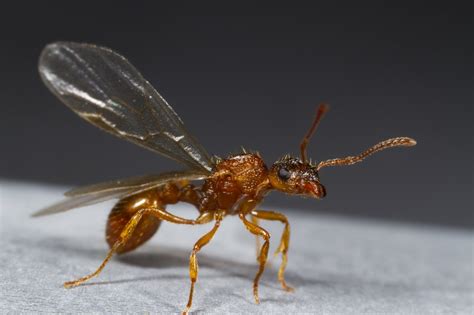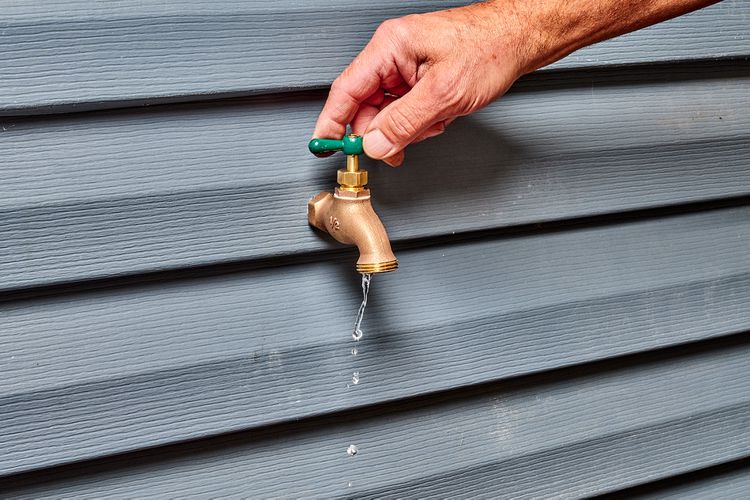
Flying ants can be a nuisance when they invade your home, but understanding their behavior and taking appropriate action can help you effectively deal with the situation. In this guide, we’ll explore the differences between ants and termites, explain why flying ants swarm, and provide tips on how to treat carpenter ant infestations.
Differences Between Ants and Termites: Identifying the Culprits
At first glance, ants and termites may look similar, but there are distinct characteristics that set them apart. Ants have a narrow waist, elbowed antennae, and different-sized wings. Termites, on the other hand, have a broad waist, straight antennae, and wings of equal size. Understanding these differences can help you identify the pests correctly and determine the appropriate course of action.
Flying Ants Swarm to Mate: Understanding the Behavior
When you see a swarm of flying ants, it’s typically a sign that they are in the mating stage. During this time, male and female ants leave the colony to mate and establish new colonies elsewhere. The presence of flying ants does not necessarily mean you have an infestation, but it’s essential to monitor the situation and take preventive measures to avoid future problems.
Carpenter Ant Treatment: Taking Action Against Infestations
If you suspect or confirm a carpenter ant infestation in your home, it’s crucial to act promptly. Carpenter ants can cause structural damage as they excavate wood to create their nests. Here are some steps you can take:
1. Identify the Nest:
Locate the carpenter ant nest by looking for signs of wood debris, such as sawdust or small piles of wood shavings. Pay attention to areas with moisture, such as around plumbing or in the basement.
2. Remove Food and Water Sources:
Eliminate potential food and water sources that attract ants. Clean up spills, fix leaks, and store food in airtight containers.
3. Seal Entry Points:
Block off entry points that ants may use to access your home. Seal cracks, crevices, and gaps in windows, doors, and foundations using caulk or weatherstripping.
4. Use Baits and Insecticides:
Baits and insecticides can be effective in controlling carpenter ants. Place ant baits near the nest or areas where ants are active. Use insecticides labeled for carpenter ant control according to the product instructions. Be cautious when using insecticides and follow safety guidelines.
5. Consult a Professional:
If the infestation persists or if you’re dealing with a large-scale carpenter ant problem, it’s advisable to seek the assistance of a professional pest control service. They have the expertise and tools to effectively eliminate the infestation and prevent future occurrences.
Remember, prevention is key when it comes to dealing with flying ants and carpenter ants. By maintaining a clean and dry environment, sealing entry points, and taking prompt action when necessary, you can keep these pests at bay and protect your home from potential damage.
Frequently Asked Questions About Flying Ants in Your Home
1. Are flying ants harmful?
Flying ants themselves are generally not harmful to humans. However, they can be a nuisance when they swarm in large numbers. It’s important to identify whether the flying insects are ants or termites, as termites can cause significant damage to wooden structures. If you suspect a termite infestation, it’s best to consult a professional for proper identification and treatment.
2. How can I prevent flying ants from entering my home?
To prevent flying ants from entering your home, it’s important to take some preventive measures:
- Seal cracks, gaps, and openings in windows, doors, and foundations to limit their entry points.
- Keep your home clean and free of food debris, as ants are attracted to food sources.
- Ensure proper drainage around your property to reduce moisture, as some ants are drawn to damp areas.
- Consider applying an insecticide barrier around the perimeter of your home to deter ants from entering.
3. What should I do if I have a flying ant swarm in my home?
If you notice a flying ant swarm in your home, it’s essential to stay calm and take the following steps:
- Try to identify the source of the swarm, such as cracks in walls or windows.
- Use a vacuum cleaner to remove the flying ants, ensuring proper disposal to prevent their escape.
- Inspect your home for any signs of ant trails or nests and take necessary actions to address the issue.
- Consider contacting a pest control professional for a thorough inspection and appropriate treatment if needed.
Remember, understanding the behavior of flying ants and taking proactive measures can help you effectively manage their presence in your home and minimize any potential problems they may cause.






